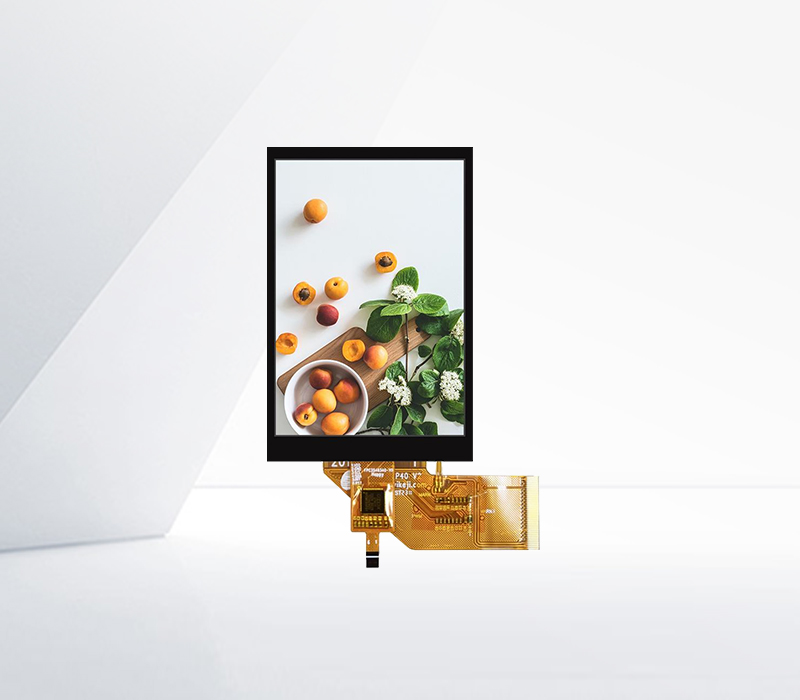




LCD response time is a critical metric that measures the speed at which a liquid crystal display (LCD) can change the color of its pixels from one shade to another, typically quantified in milliseconds (ms). This metric directly impacts the visual quality of dynamic content, such as fast-paced videos, gaming, or sports broadcasts, where slow response times can result in motion blur or ghosting—visible trails left behind moving objects. Understanding response time metrics is essential for selecting displays tailored to specific usage scenarios, from casual viewing to professional gaming.
The most common response time metrics include gray-to-gray (GtG) and black-to-white (BtW) transitions. GtG measures the time taken for a pixel to shift between two shades of gray (e.g., from 50% gray to 80% gray), which is more relevant for real-world content since most scenes involve subtle color changes. BtW, on the other hand, measures the transition from pure black to pure white, a less common scenario but often cited in specifications due to its simplicity. Modern LCDs typically advertise GtG response times ranging from 1 ms to 10 ms, with lower values indicating better performance for fast-moving content.
Response time is influenced by the liquid crystal material and the display’s backlighting technology. Twisted Nematic (TN) panels, for example, offer faster response times (as low as 1 ms) but sacrifice color accuracy, making them popular among gamers. In-Plane Switching (IPS) panels, while delivering superior color reproduction and viewing angles, historically had slower response times (5–10 ms), though advancements in overdrive technology—where voltage is temporarily increased to speed up pixel transitions—have narrowed this gap. Vertical Alignment (VA) panels strike a balance, offering deeper blacks than IPS and faster response times than older IPS models, appealing to both gamers and movie enthusiasts.
For end-users, response time metrics must be considered alongside refresh rates. A high refresh rate (e.g., 144 Hz) paired with a slow response time (e.g., 10 ms) can still result in motion artifacts, as pixels cannot keep up with the rapid frame changes. Conversely, a 1 ms response time with a 60 Hz refresh rate may not fully utilize the pixel speed. Thus, optimal performance requires a harmonious combination of both metrics.
In summary, LCD response time metrics are pivotal for evaluating display performance in dynamic content, with GtG being the most practical measure. By aligning these metrics with usage needs—whether gaming, video editing, or casual viewing—users can select displays that deliver sharp, blur-free visuals.
